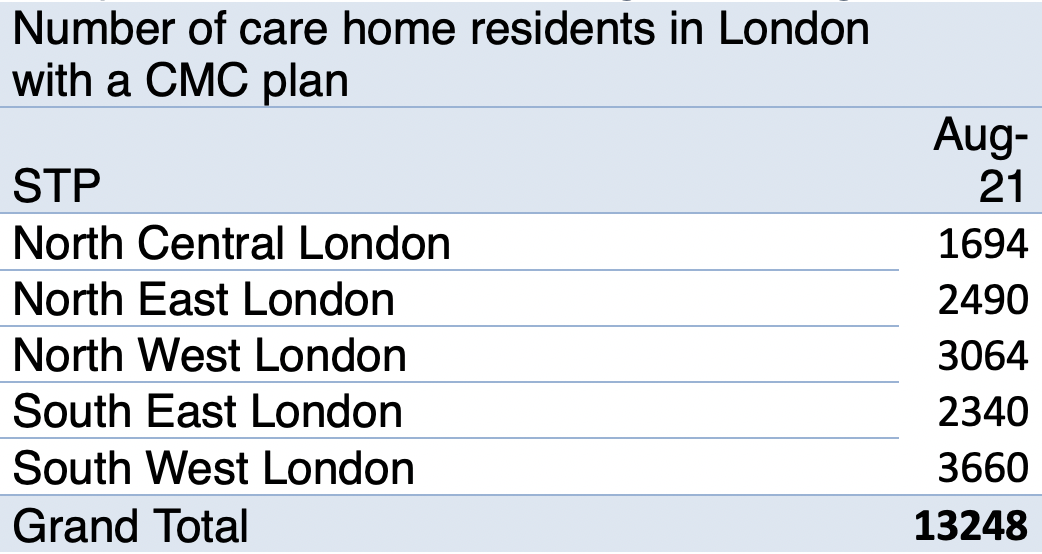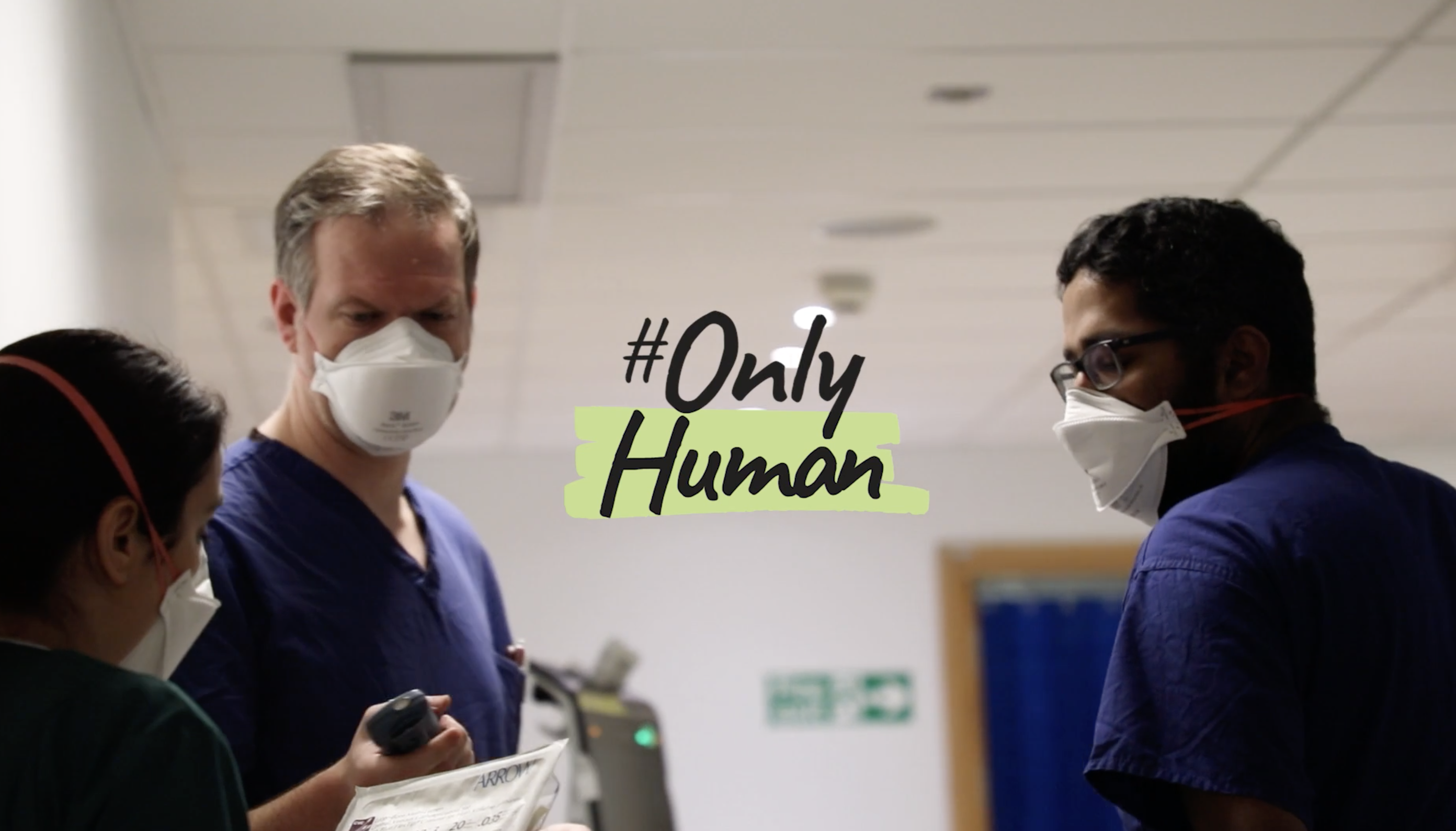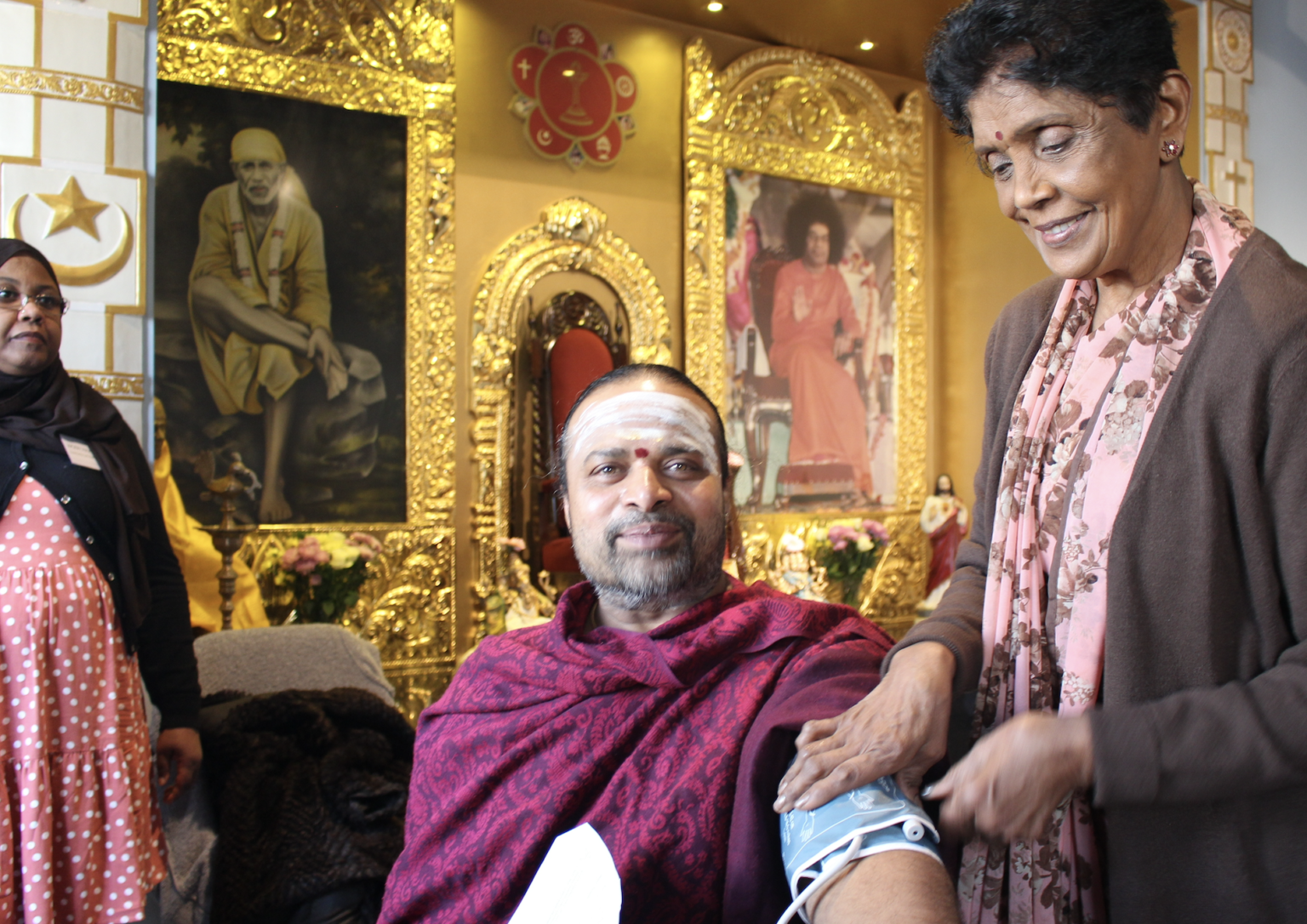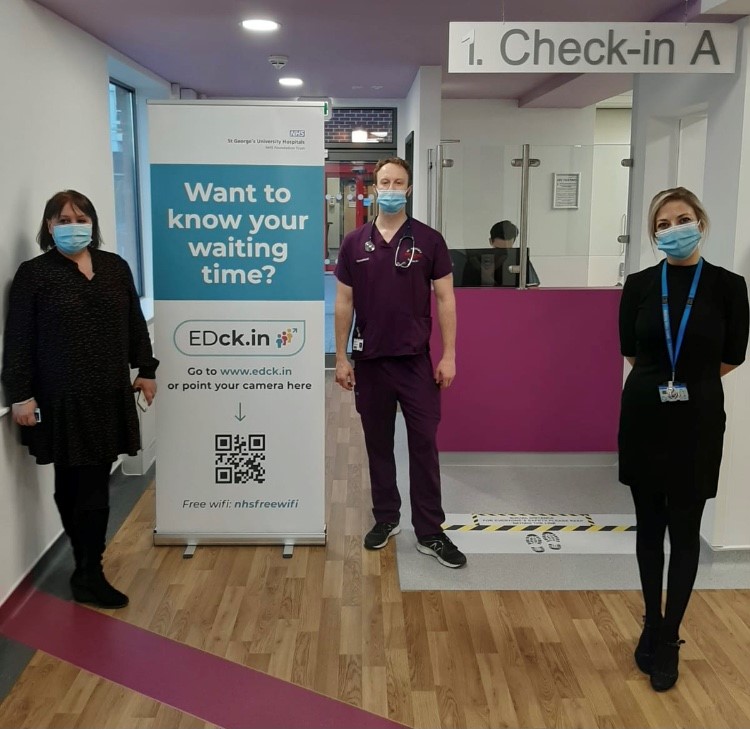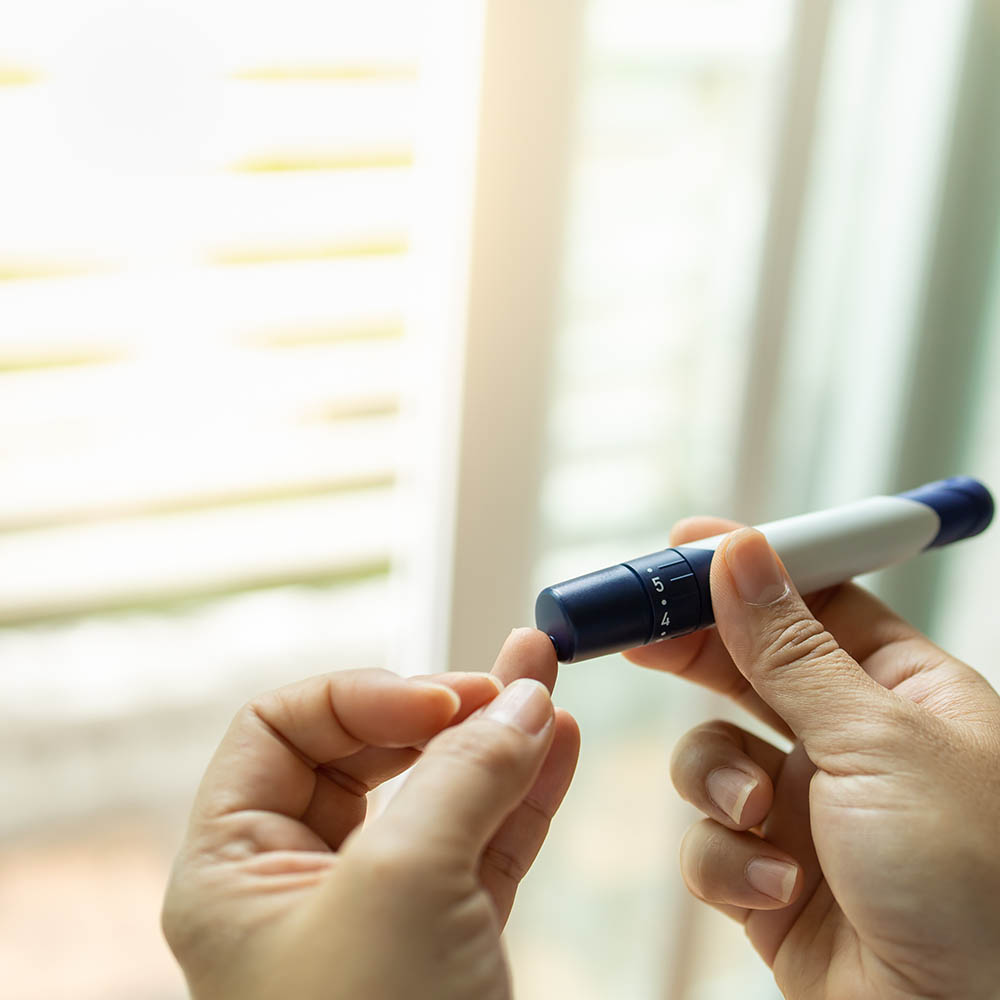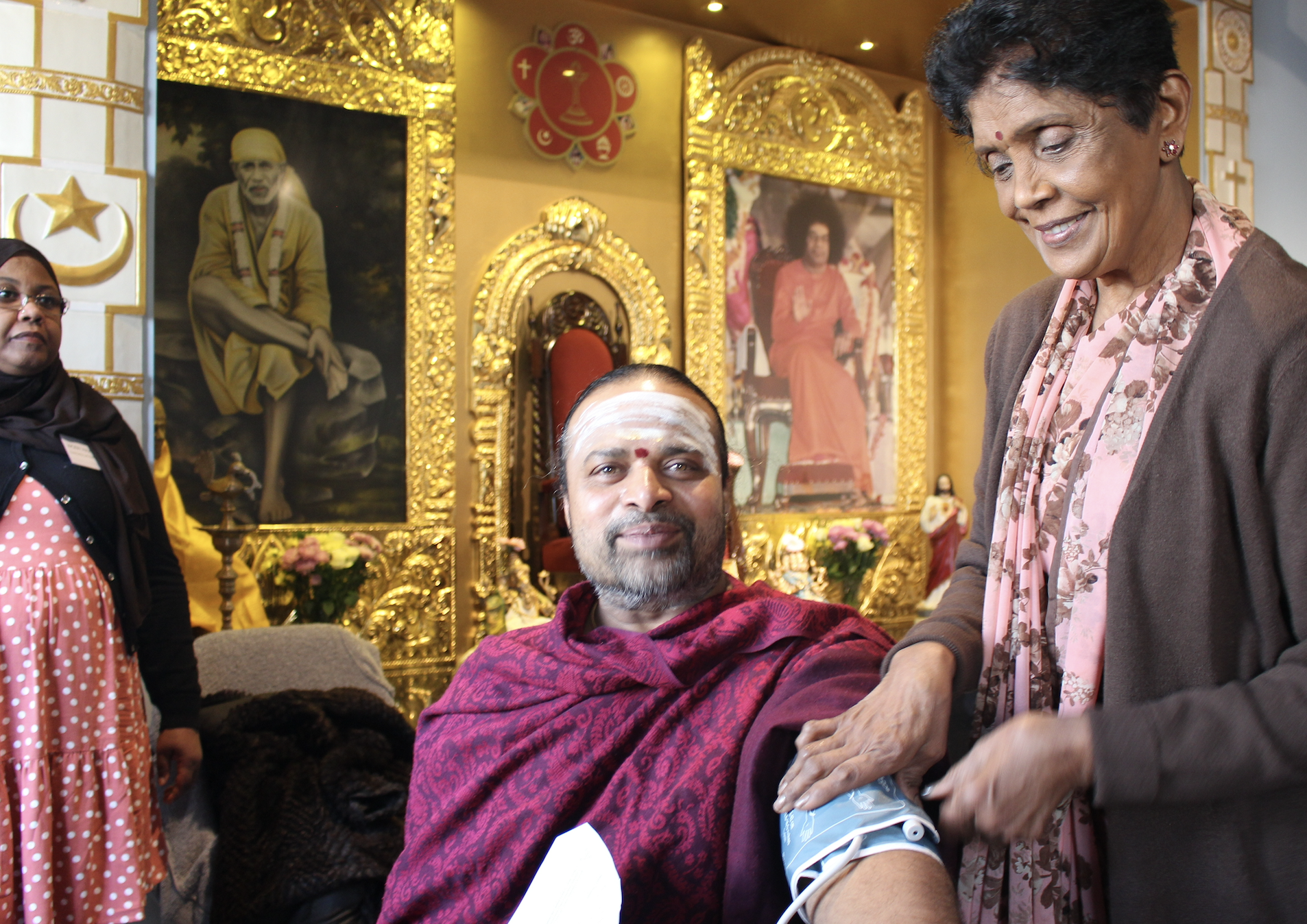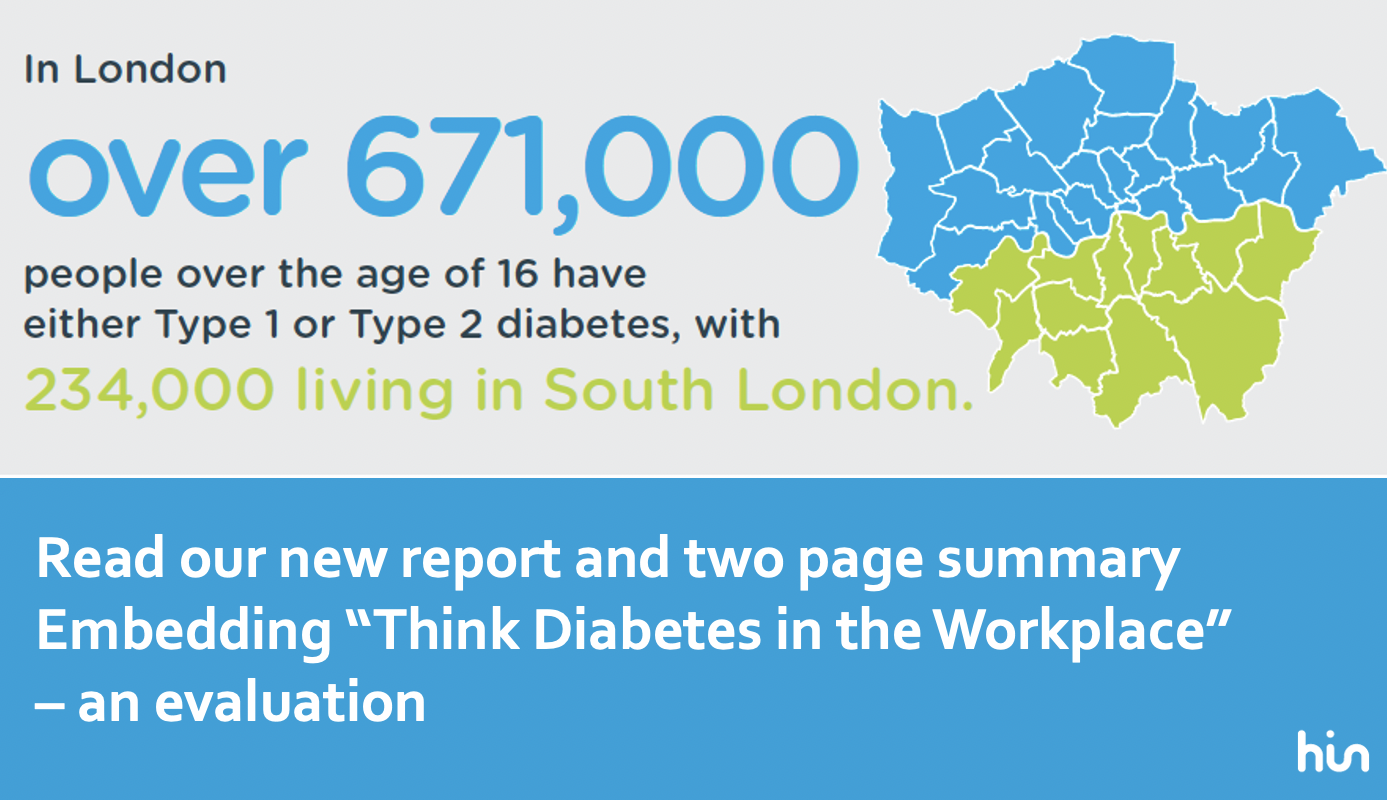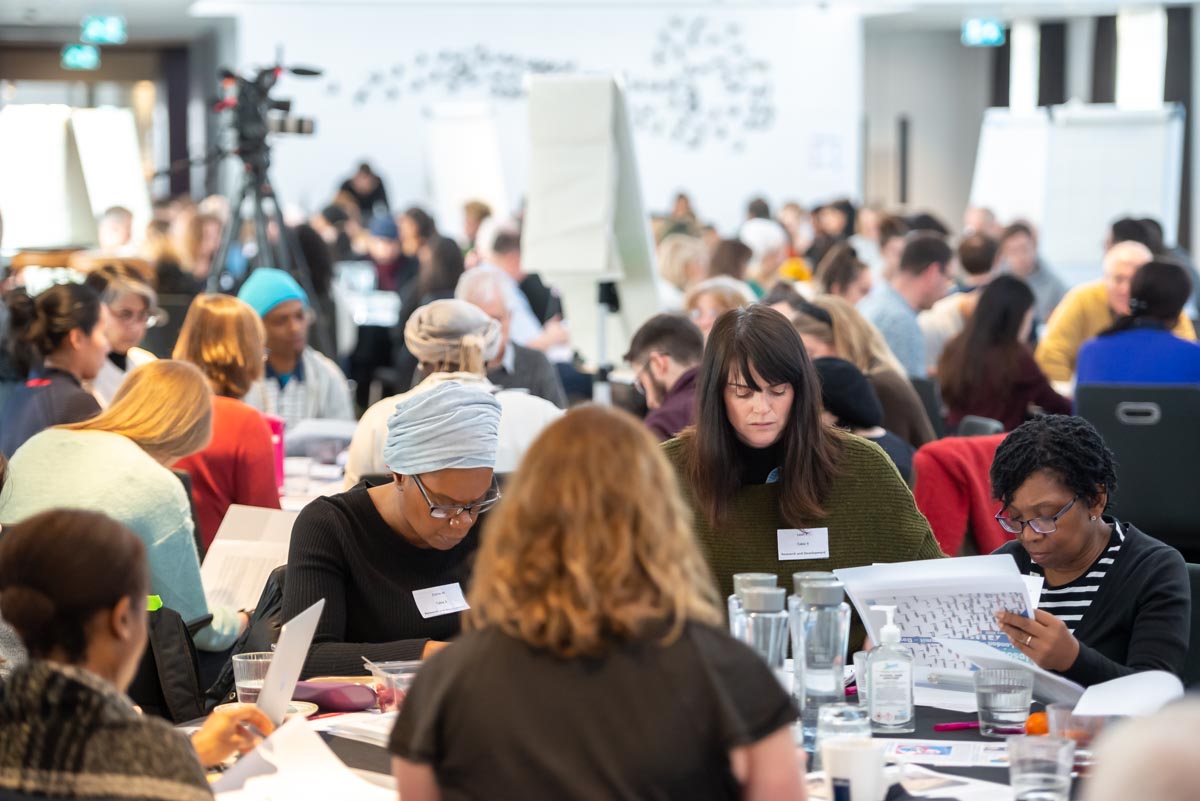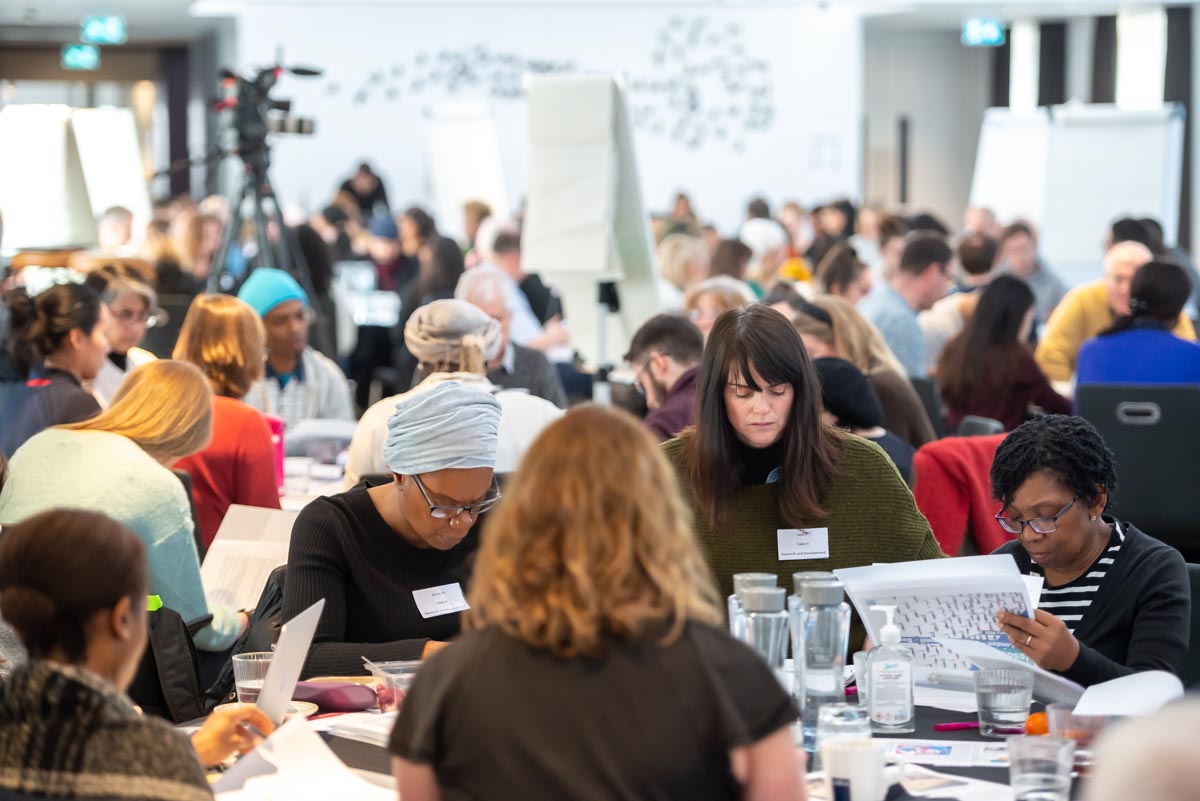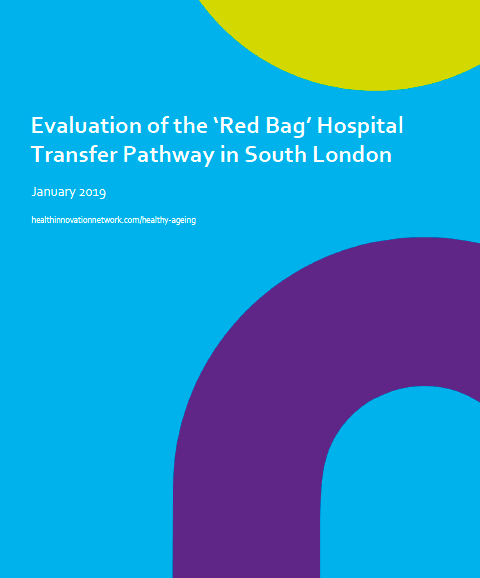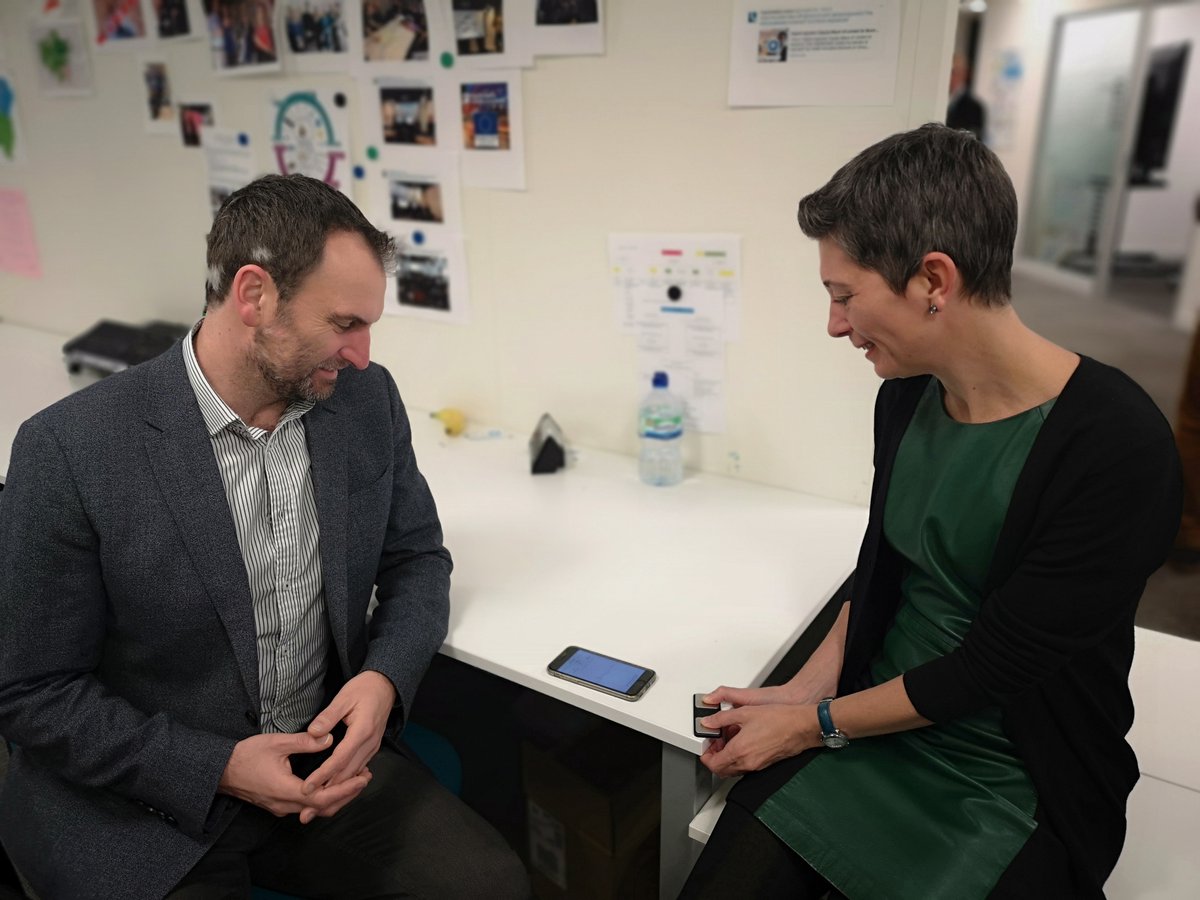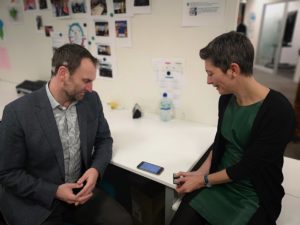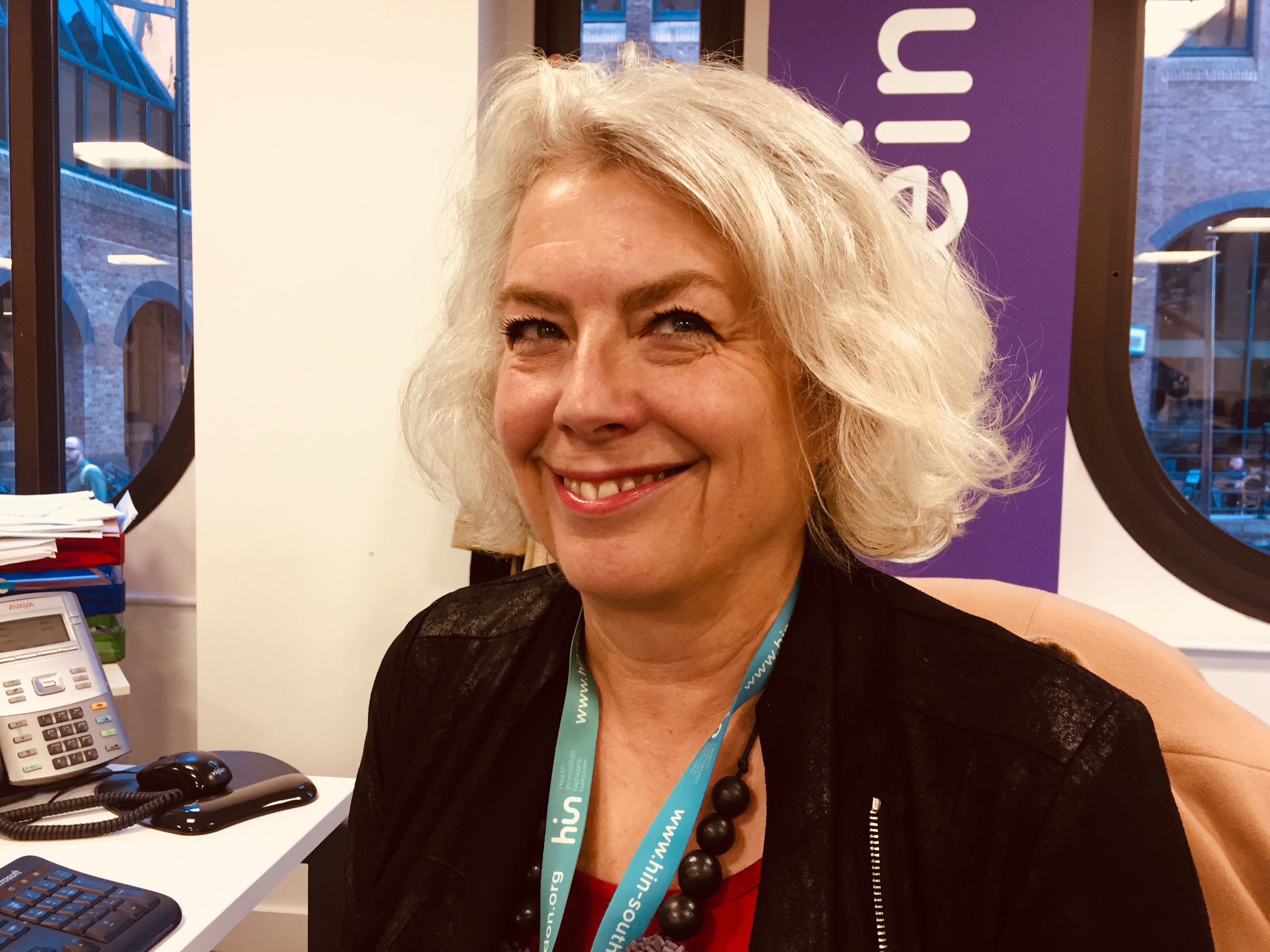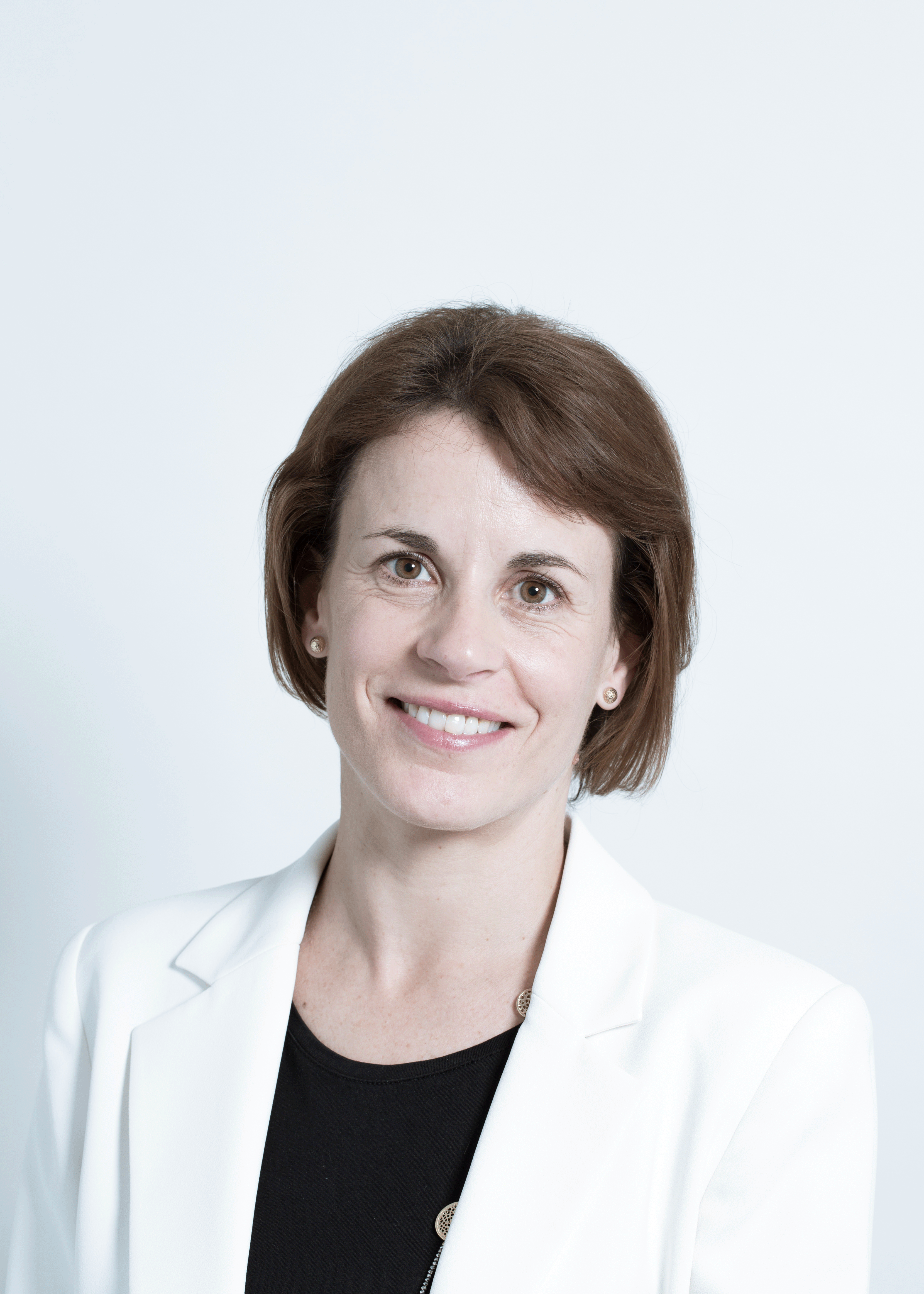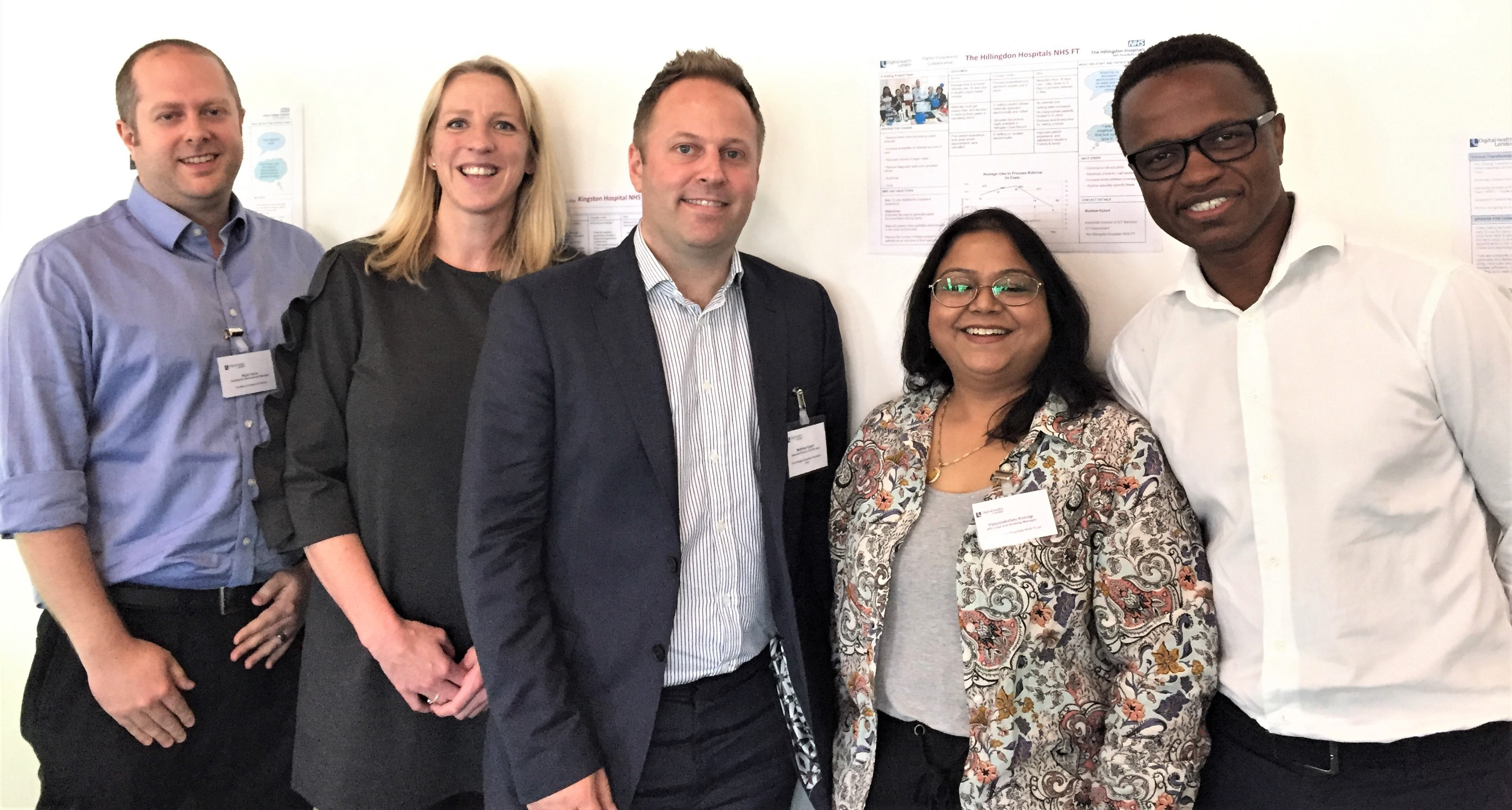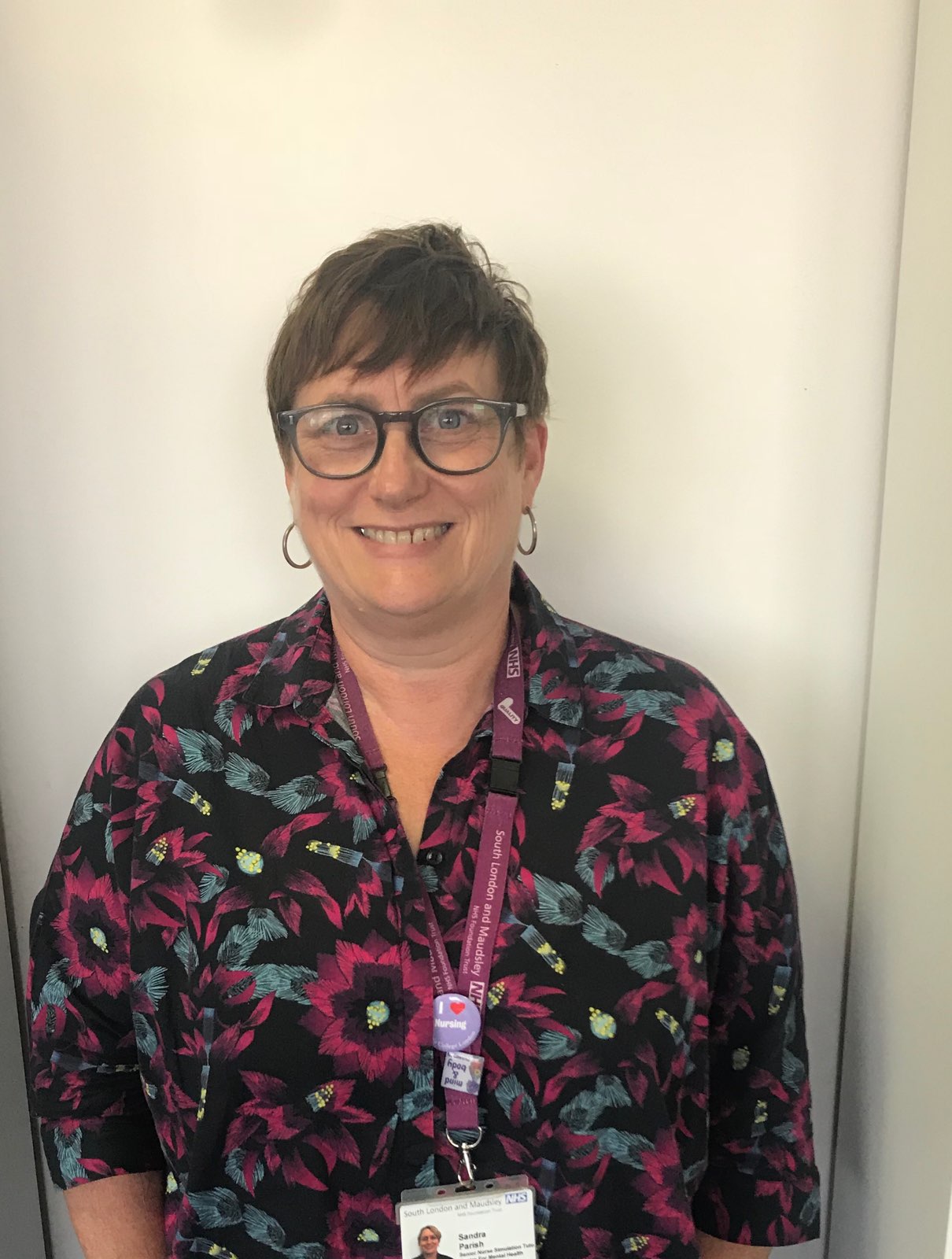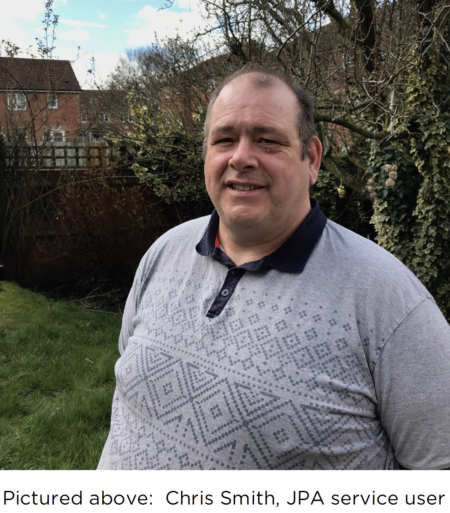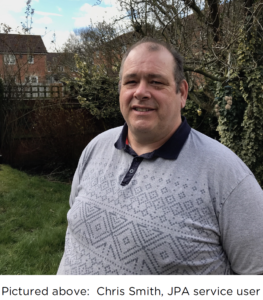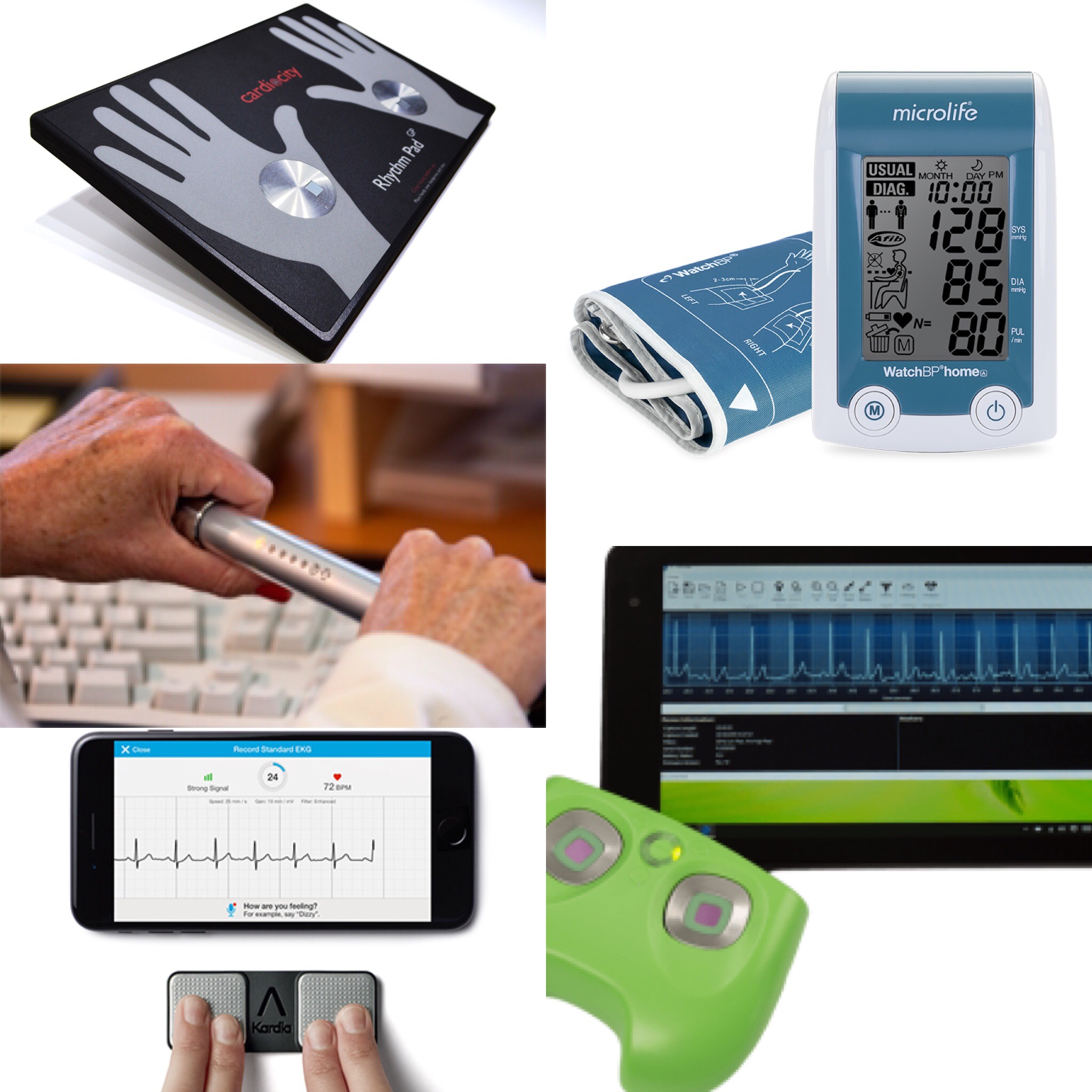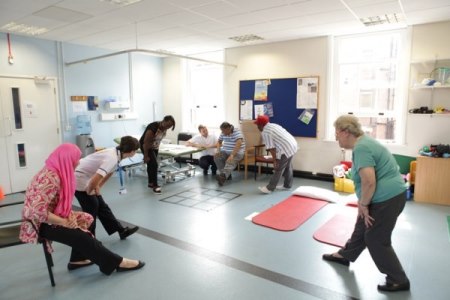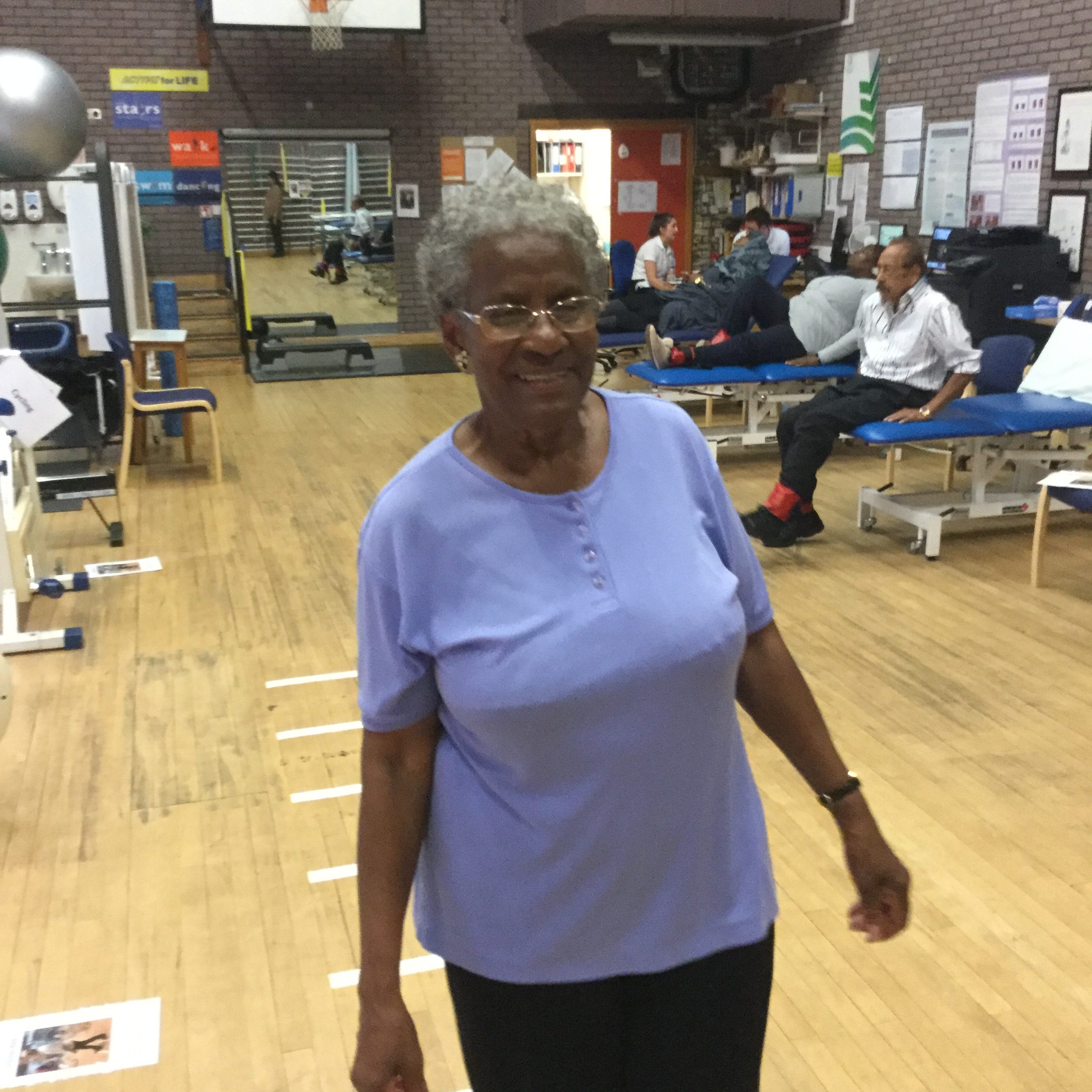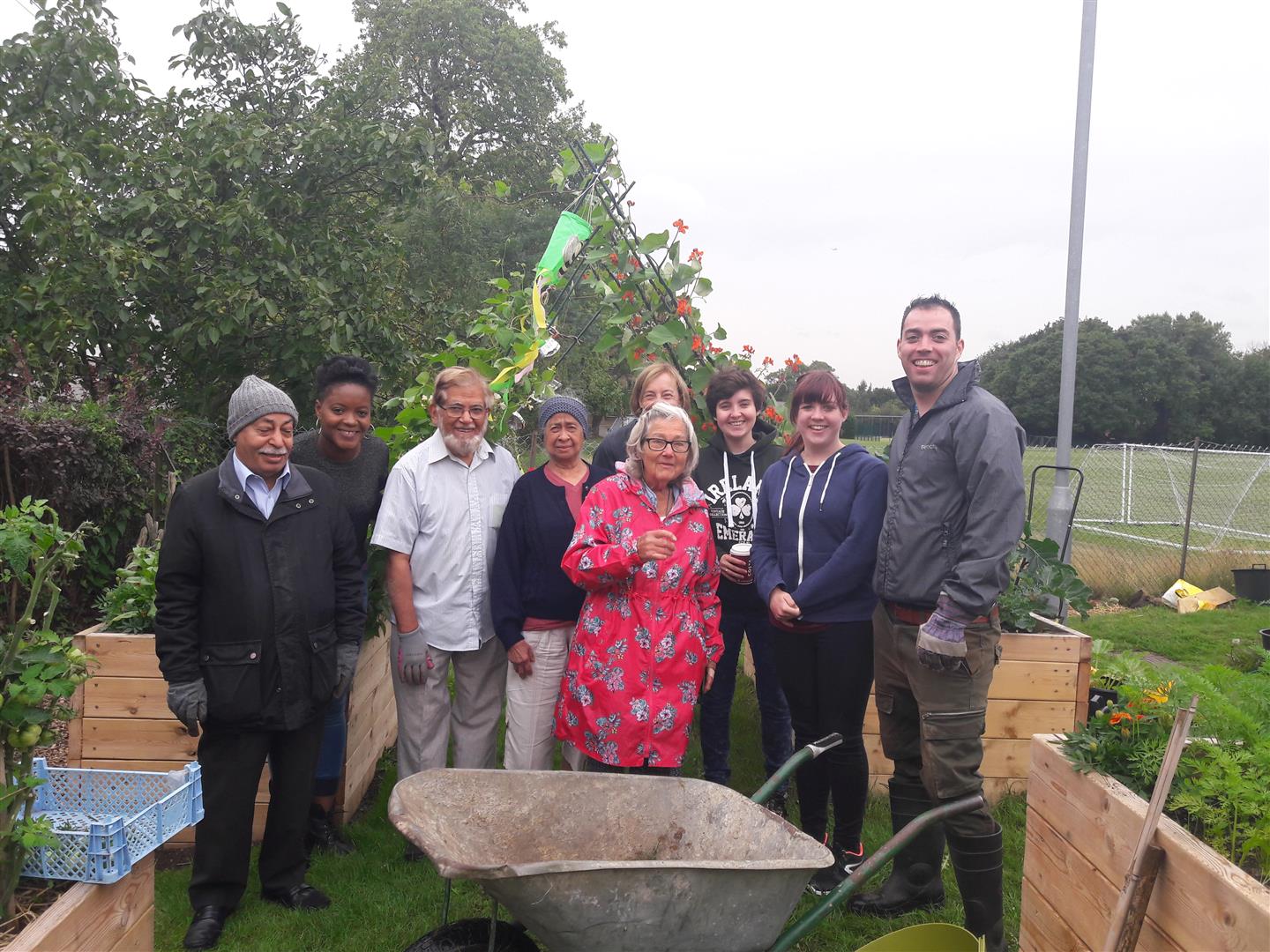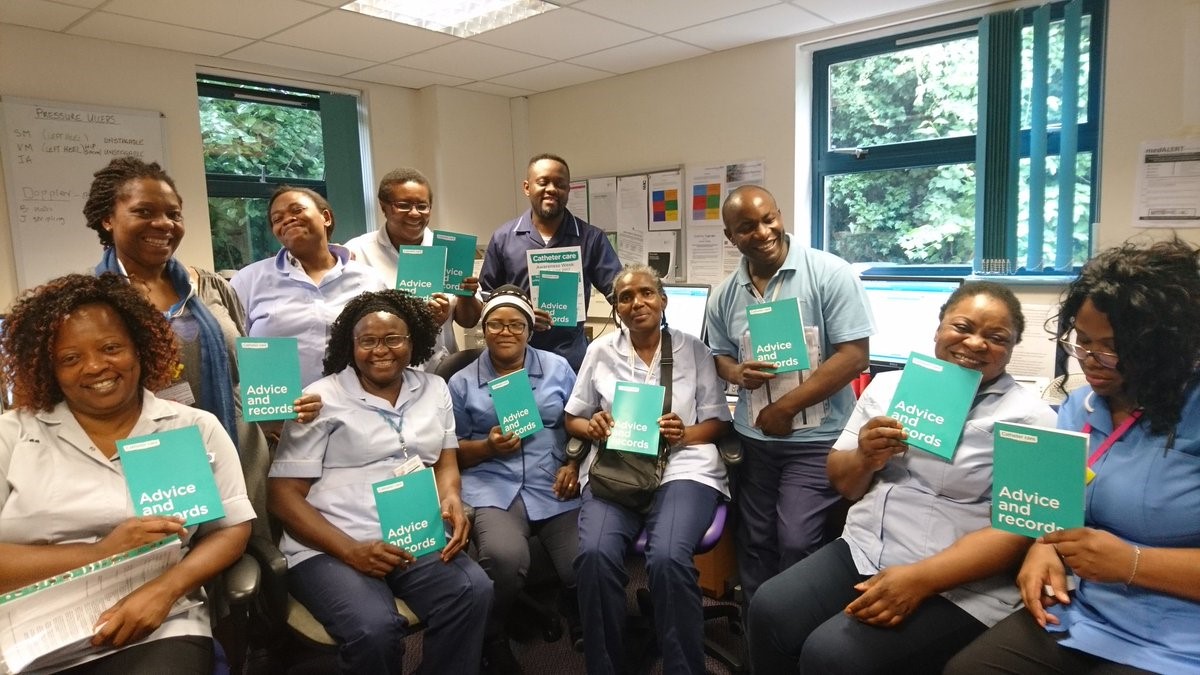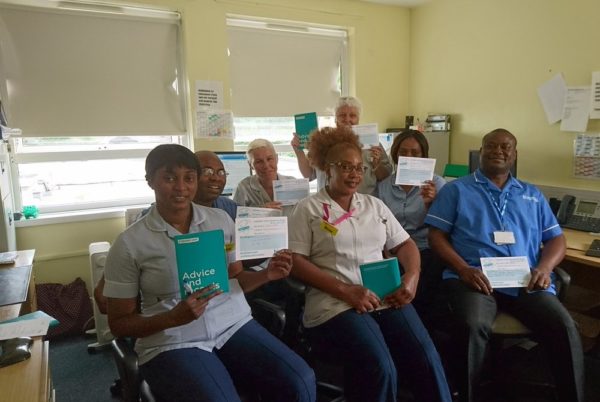Remote technology has transformed mental health consultations during Covid-19 but it’s not the solution for every situation nor for all patients.
Key stats
- 6,030 patients responded to the Trust surveys
- 554 clinicians that responded to the Trust surveys
- The report included a synthesis of 77 papers from 19 countries
A new report has found the shift to remote mental health consultations held by telephone or video, rather than face-to-face because of the pandemic, led to improved access, reduced missed appointments, and reduced travel stress. However, it also highlighted challenges, including access to technology, issues around broadband connectivity and data packages.
The report, produced by the NHS’s Health Innovation Network, NIHR Applied Research Collaboration South London, King’s Improvement Science and involving experts by experience, South London and Maudsley NHS Foundation Trust, South West London and St George’s Mental Health NHS Trust and Oxleas NHS Foundation Trust, makes several recommendations to inform clinical practice and to determine ongoing gaps in knowledge.
Key findings from the 6,030 patients who responded to the Trust surveys on remote consultations in mental health settings were that they allowed the flexibility of varying levels of support during the pandemic, and care was more accessible to populations who may have previously found travel to appointments challenging and some patients felt more relaxed in their own home during the consultation.
From the 554 clinicians that responded to the Trust surveys, including psychologists, psychiatrists, psychotherapists and nurses, training to use technology was raised as a need for both clinicians and patients.
Patients, carers, and clinicians said remote consultations were more convenient, reduced travel time, saved travel costs and meant family members were readily able to attend family sessions. In particular, remote mental health consultations were acceptable to people during Covid-19 to continue their treatment.
However, there is no ‘one size fits all’ and an individualised approach will always remain the gold standard, especially for new patients and children, those with a psychosis diagnosis, learning difficulties or the digitally excluded. Other barriers to remote consultations included where patients or clinicians could not access a private space where they were confident they would not be interrupted.
The report includes three evaluations:
- Two evidence reviews of research both before and during Covid-19 were conducted jointly with the NIHR Mental Health Policy Research Unit.
- Thematic analysis of patient and staff surveys from across the three Trusts, which received 6,608 responses.
- The results of an e-survey on 32 projects with a focus on patient and/or staff perspectives on experience.
“Technology has allowed clinicians to provide consultations remotely, and this has been well received by many patients who say it is more convenient and saves the time and stress of having to travel to appointments. ”Dr Natasha Curran, Medical Director Health Innovation Network
Health Innovation Network Medical Director Natasha Curran said:
“Access to mental health services during Covid-19 has been disrupted as patients were isolated and clinicians were unable to hold face-to-face consultations. Technology has allowed clinicians to provide consultations remotely, and this has been well received by many patients who say it is more convenient and saves the time and stress of having to travel to appointments.
“This study also shows that remote consultations don’t work for everyone for a variety of reasons: the nature of some patients’ condition, technological barriers, or privacy, for both clinicians and patients. This comprehensive report points to the benefits of a hybrid system, the importance of patient choice, where some consultations can be carried out remotely and others face to face, that could support vital ongoing mental health treatment both during Covid-19 and beyond.”




